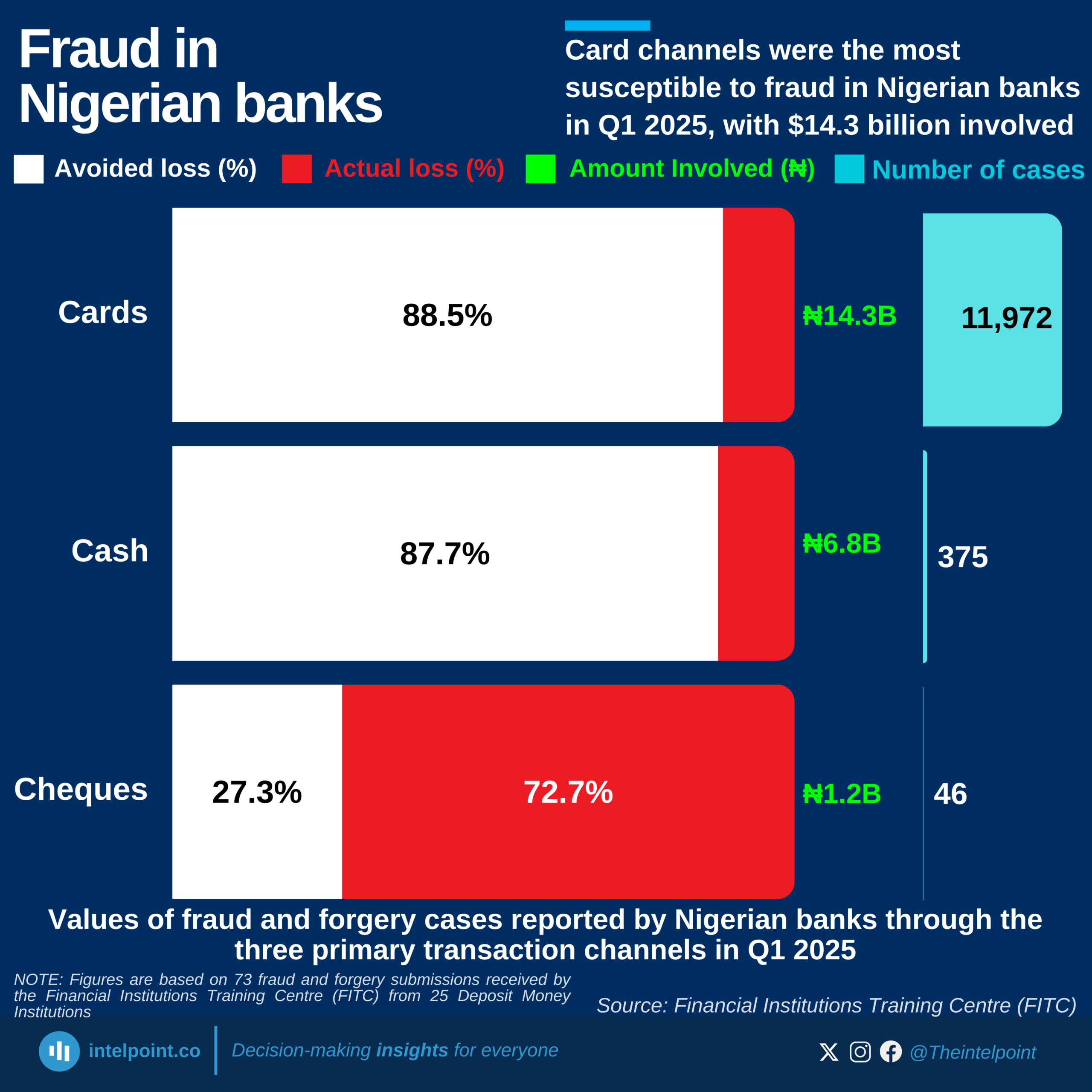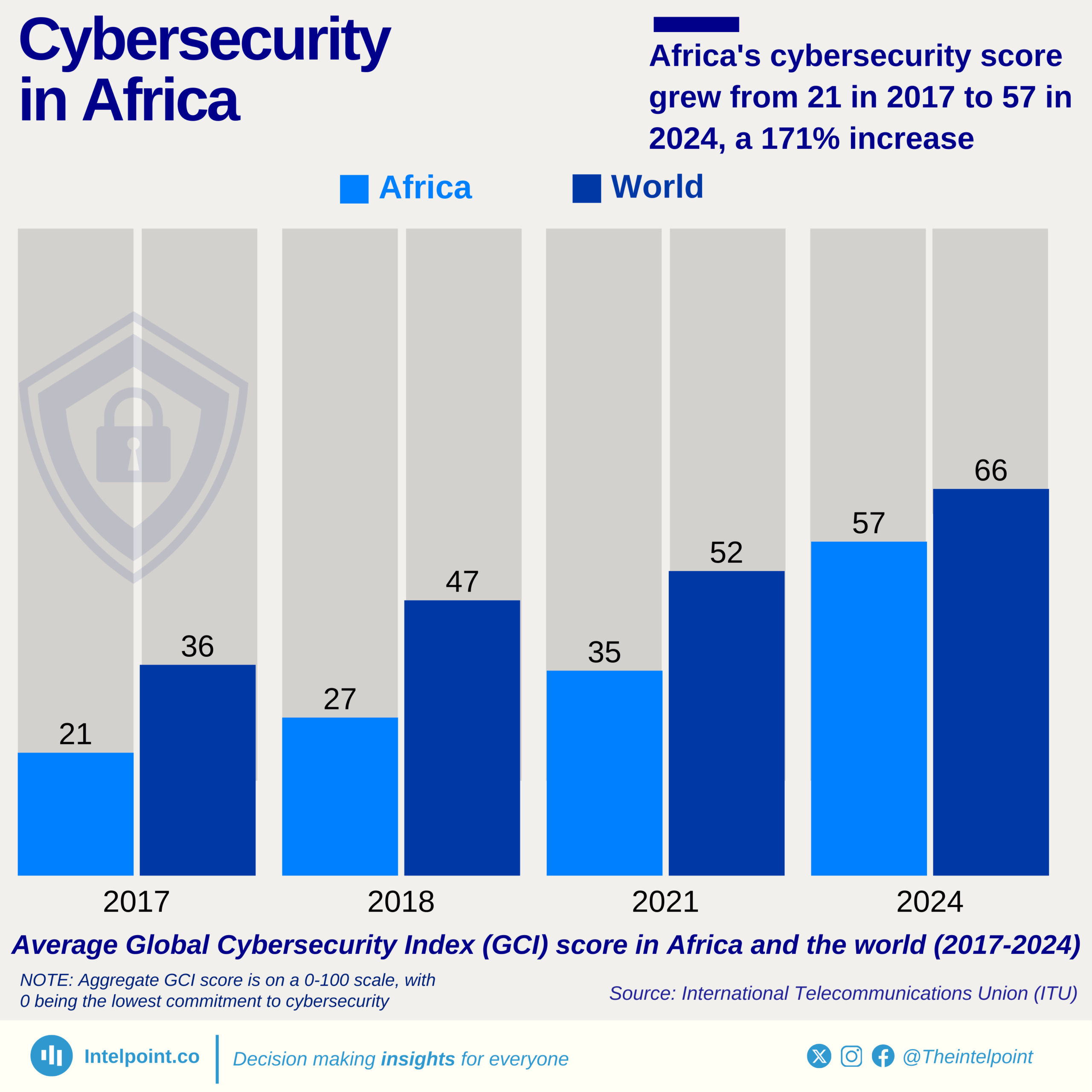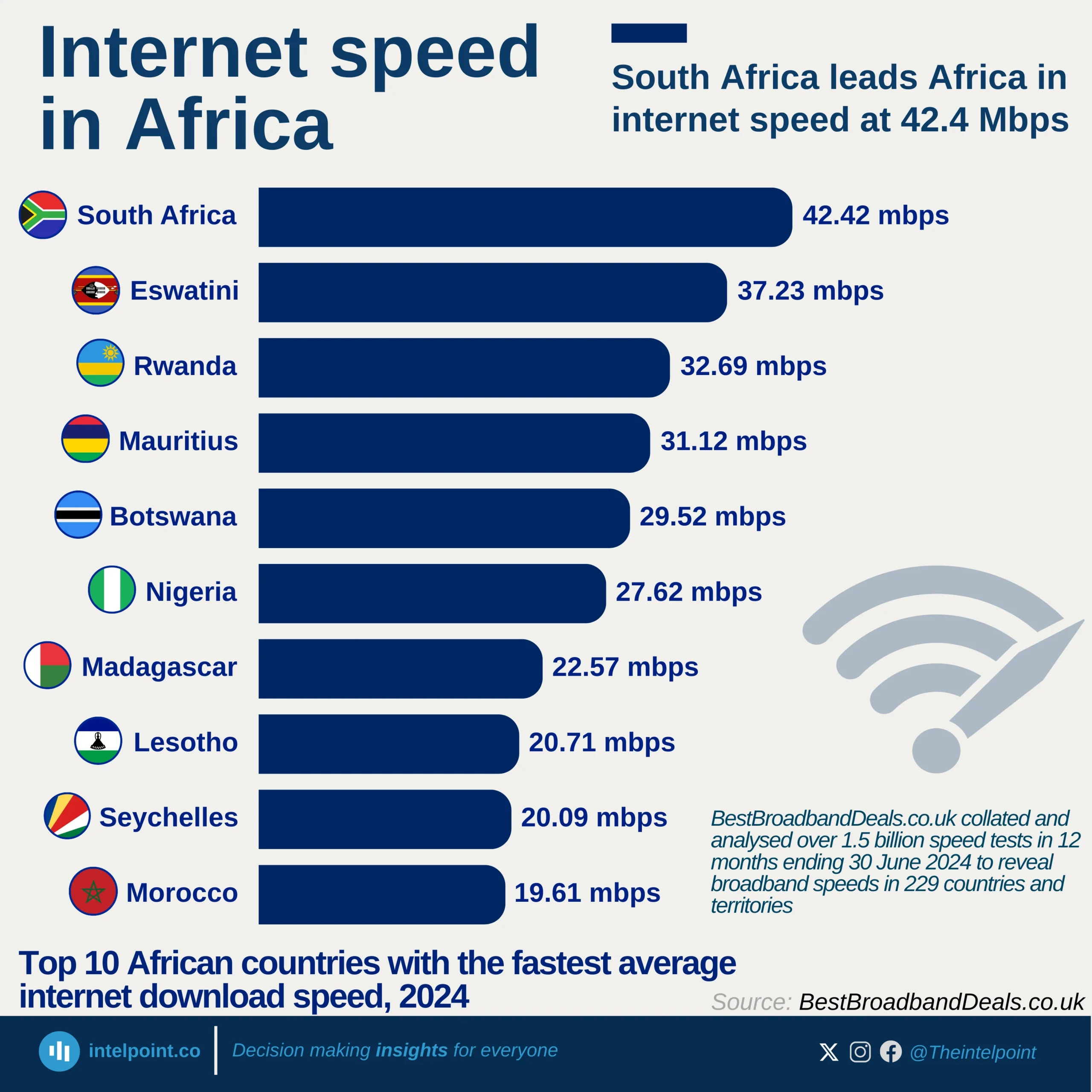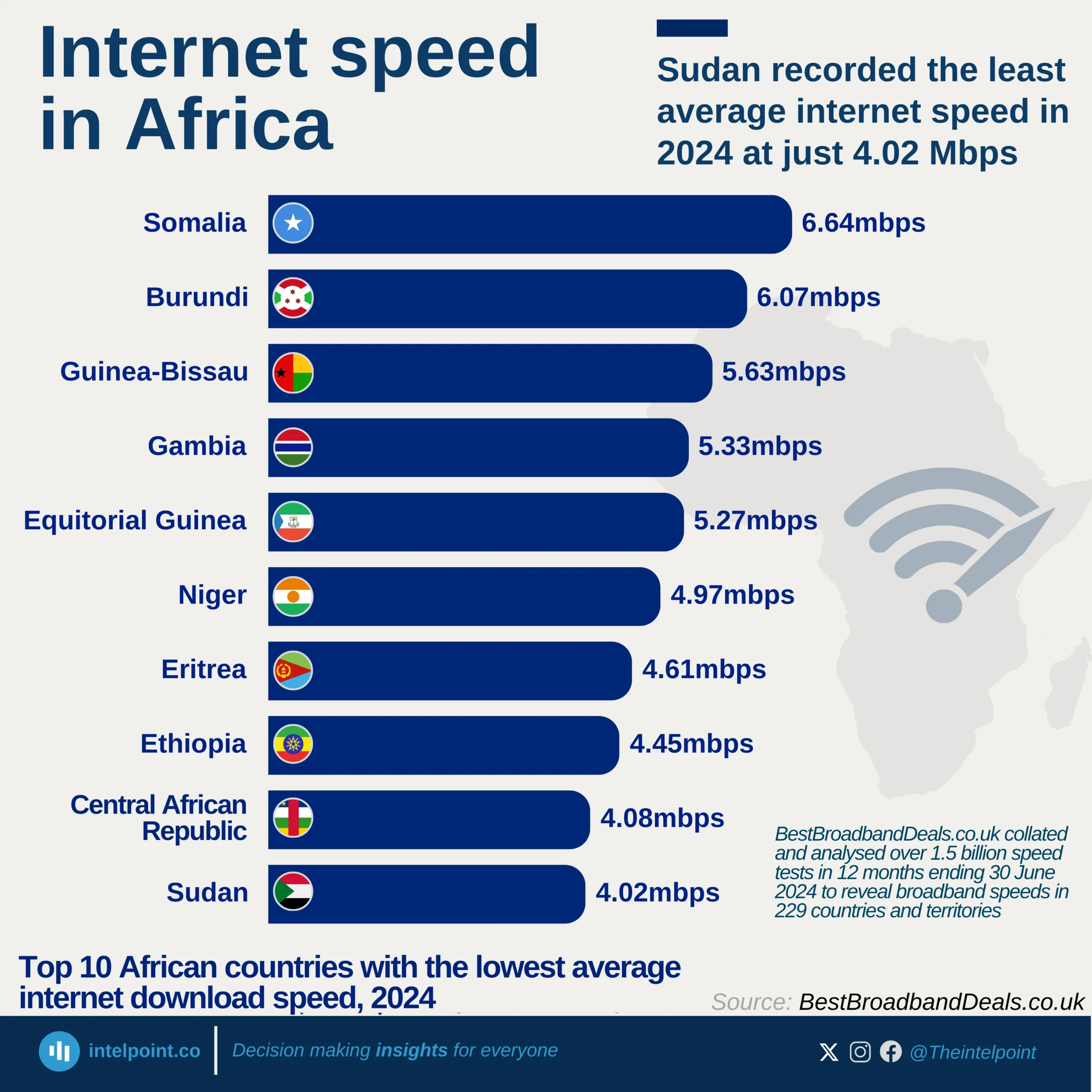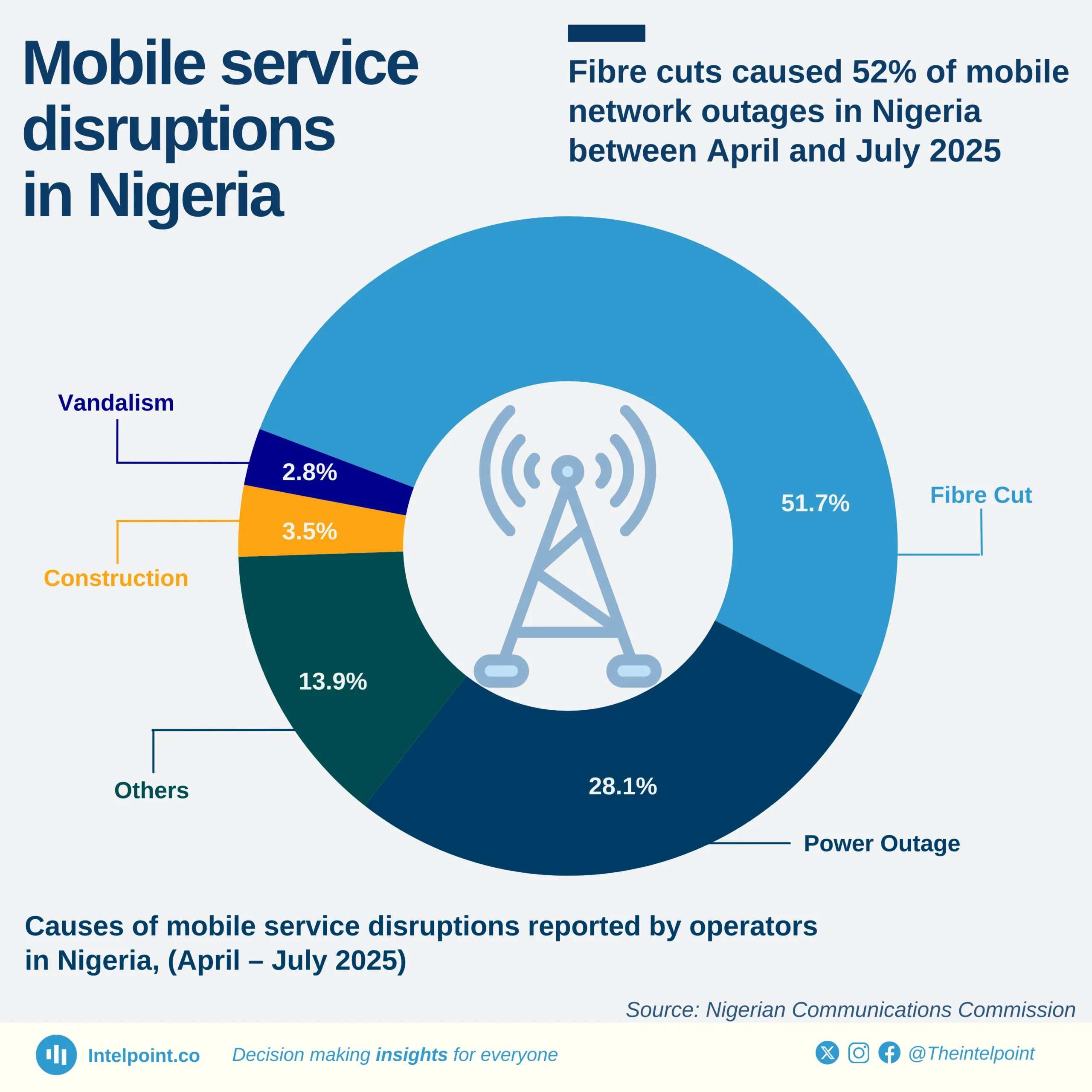Nigeria’s telecom infrastructure landscape is dominated by IHS Towers, which owns over 60% of the country’s collocated towers, reinforcing its leading position. With nearly 19,000 towers, IHS outpaces its closest competitor, ATC Nigeria, which operates just over 8,000 towers. Smaller players like Africa Mobile Networks and others have a relatively minor presence.
